Uterine Artery Embolization
Uterine Artery Embolization (UAE) Treatment in Bangalore
Minimally Invasive Fibroid and Heavy Bleeding Treatment by Vascular & Endovascular Specialist – Dr. Sravan C.P.S
Many women in Bangalore live with uterine fibroids or adenomyosis.
They face heavy periods, pelvic pain, tiredness, and pressure symptoms for years.
Often, they hear only two options: “manage with tablets” or “remove the uterus”.
Uterine Artery Embolization (UAE) offers a strong third option.
It is a minimally invasive, uterus-sparing, pinhole procedure that shrinks fibroids and reduces heavy bleeding without open surgery.
In Bangalore, UAE is performed by Vascular & Endovascular Specialist, Dr. Sravan, at a centrally located hospital in Basavanagudi, with convenient access from Jayanagar, JP Nagar, Banashankari, Wilson Garden and CBD Bangalore.
What Is Uterine Artery Embolization – And Why Is It Important?
The uterus receives blood mainly from the uterine arteries.
Fibroids and adenomyosis use this blood supply to grow and stay active.
When the blood flow reduces, fibroids usually shrink and symptoms improve.
Uterine Artery Embolization (UAE):
Uses a thin catheter and X-ray guidance
Reaches the uterine arteries from the wrist or groin
Delivers tiny particles to block blood flow to fibroids
Allows the uterus to remain in place
Aims to control heavy bleeding and bulk symptoms with no open cut
Compared to hysterectomy (removal of the uterus) and many surgical options, UAE:
Avoids large abdominal cuts
Preserves the uterus in most planned fibroid cases
Needs a shorter hospital stay in many patients
Has a faster return to routine activities
For the right woman, UAE becomes the most practical balance between strong symptom relief and uterine preservation.
How Does Uterine Artery Embolization Work? (Step by Step)
UAE is an image-guided vascular procedure done in a specialised cath lab.
Step-by-step process
Entry site preparation
The team cleans the skin over the wrist or groin.
Local anaesthesia numbs the area.Catheter insertion
A small puncture is made.
A thin, flexible catheter is placed into the artery.Reaching the uterine arteries
Under live X-ray (fluoroscopy), the catheter moves into the pelvic arteries.
A smaller micro-catheter enters the uterine arteries on each side.Angiography (vessel mapping)
Contrast dye shows the blood flow to the uterus and fibroids.
The doctor identifies the vessels feeding the fibroids.Embolization
Tiny embolic particles are injected into each uterine artery.
These particles reduce blood flow to the fibroids while aiming to preserve normal uterine tissue as far as possible.Completion
After both sides are treated, the catheters are removed.
A small dressing is applied at the puncture site.
After the procedure
Pain is usually strongest in the first 24 hours; it is managed with medicines.
Many women stay for one night in the hospital.
Most return to routine light activities within a few days, as advised.
Over weeks to months, fibroids typically shrink and symptoms improve.

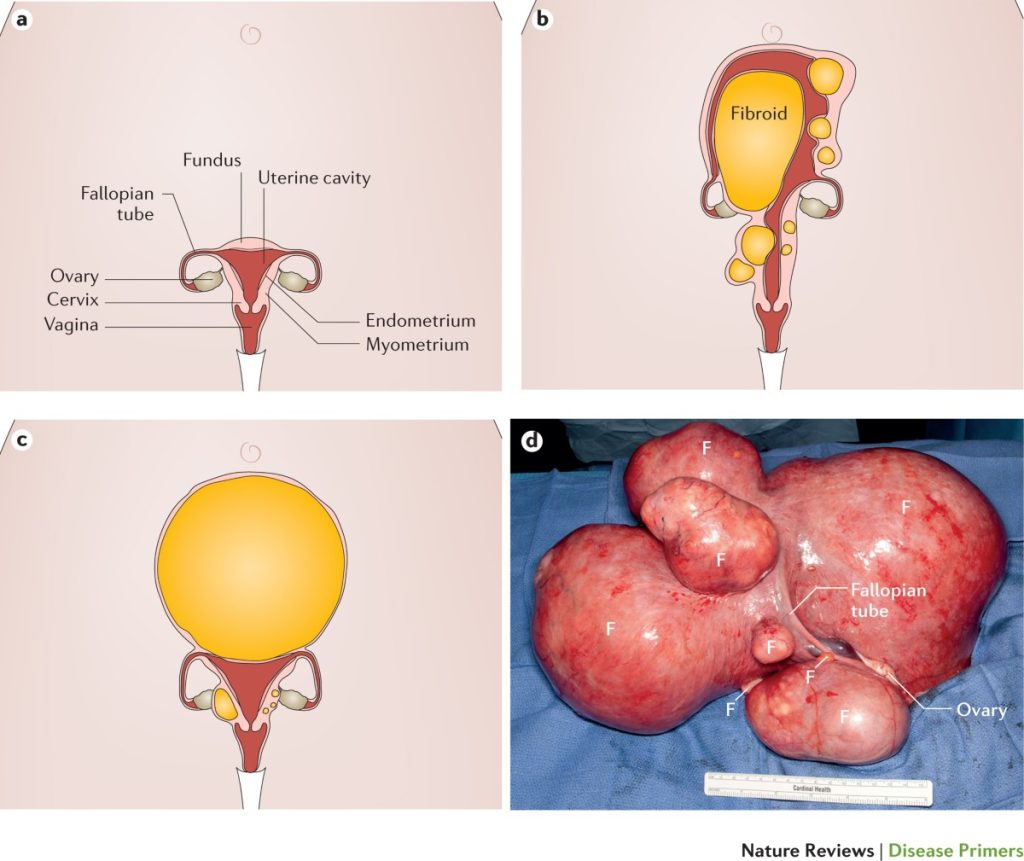
Who Should Consider Uterine Artery Embolization?
UAE is used mainly for symptomatic uterine fibroids and, in selected cases, adenomyosis.
You may be a candidate if you have:
Very heavy menstrual bleeding (soaking pads, clots, frequent change)
Periods that last more than 7 days
Anaemia (low blood count) due to blood loss
Pelvic pain or pressure
Fullness or swelling in the lower abdomen
Frequent need to urinate due to pressure on the bladder
Pain during intercourse (dyspareunia), in some cases
Fibroids confirmed on ultrasound or MRI
No adequate relief with tablets, injections or intrauterine devices
UAE is particularly valuable when:
You want to avoid or delay hysterectomy
You prefer a uterus-sparing option
You are not fit for major surgery
You want a minimally invasive solution with shorter recovery
Fertility and pregnancy planning need careful discussion with your gynaecologist and Dr. Sravan. In women who strongly wish for future pregnancy, the decision between myomectomy and UAE must be individualised.

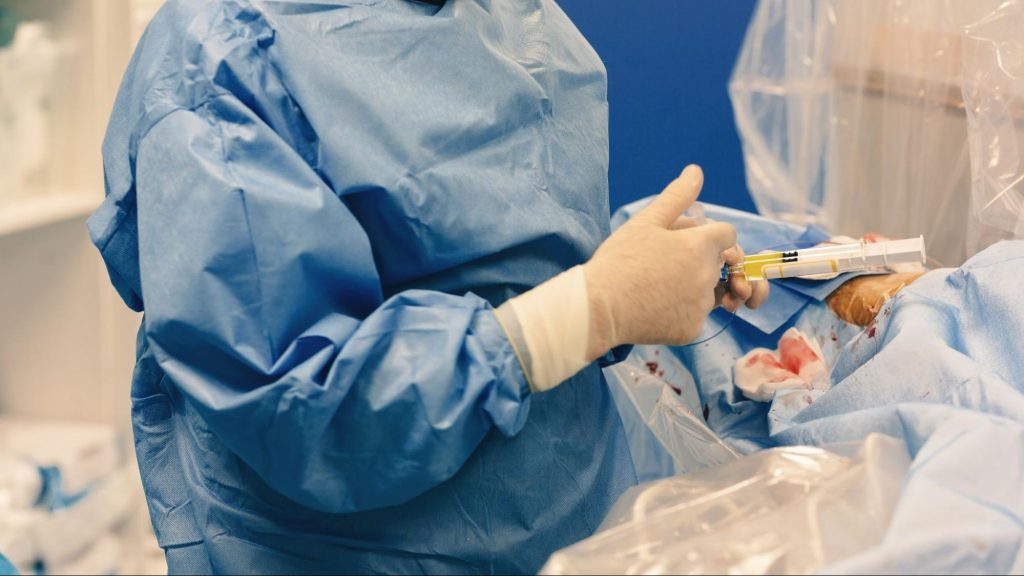
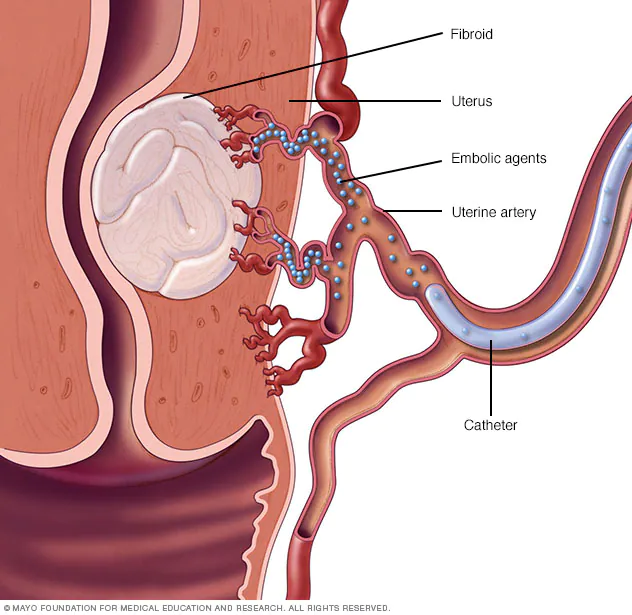
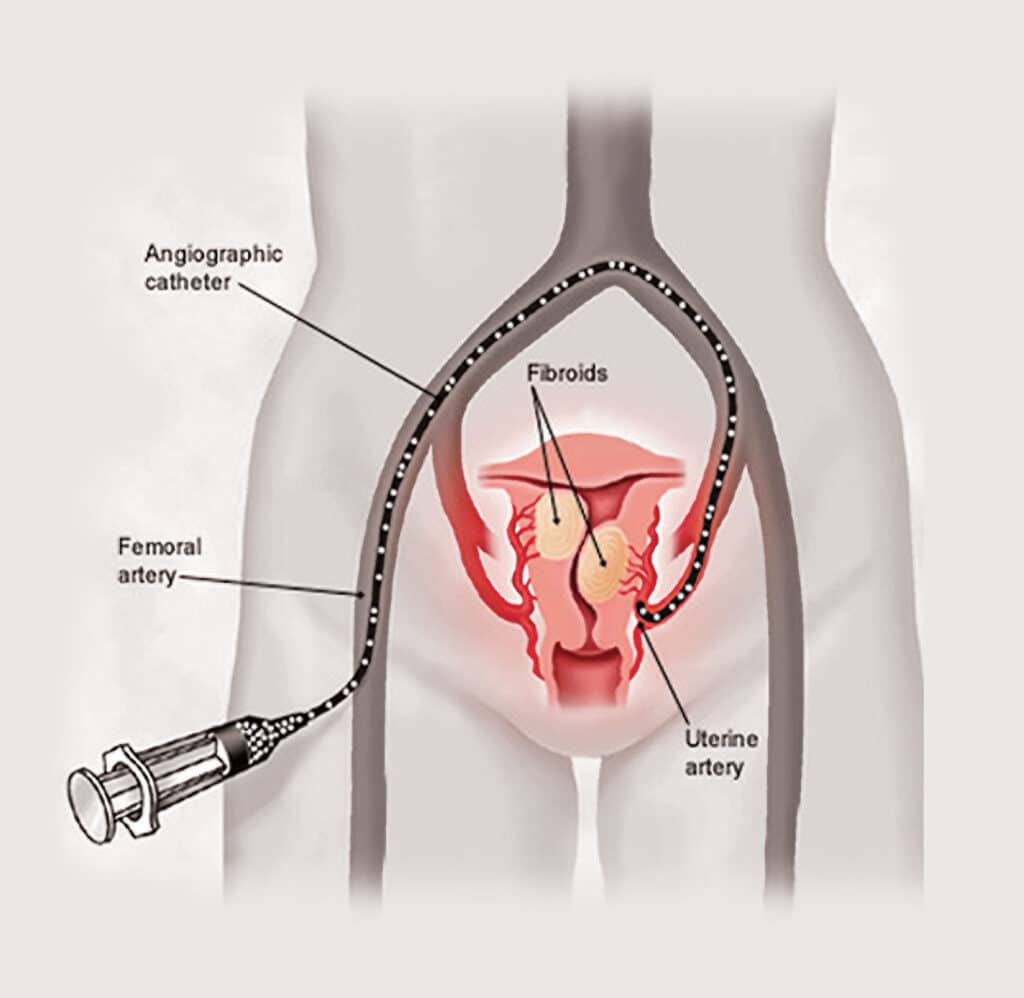
Treatment Options for Fibroids and Heavy Bleeding – Where UAE Fits, and Why It Stands Out
Doctors usually follow a stepwise plan for fibroids and adenomyosis.
4.1 Medicines and hormonal options
Anti-inflammatory tablets for pain
Hormonal tablets or injections
Progesterone-containing intrauterine devices
Tranexamic acid and other agents to reduce blood loss
These options:
Can help in mild to moderate cases
Often give temporary relief
May cause hormonal side-effects in some women
Do not always shrink large fibroids
4.2 Surgical options
Myomectomy – removal of fibroids while preserving the uterus
Hysterectomy – removal of the uterus (with or without cervix)
Hysteroscopic procedures – for fibroids inside the uterine cavity
These surgeries:
Can offer strong symptom relief
Require anaesthesia and hospital stay
May involve abdominal cuts or keyhole ports
In the case of hysterectomy, remove the uterus permanently
For many women, hysterectomy feels like too big a step, especially when they want their uterus preserved or want a less invasive option first.
4.3 Where Uterine Artery Embolization is Often Better
UAE combines several advantages:
It is pinhole and minimally invasive
It preserves the uterus in most fibroid cases
It targets the blood supply, not just the fibroid surface
It can treat multiple fibroids in the same procedure
It typically needs shorter hospital stay and recovery
It is suitable for many women who are poor candidates for major surgery
Therefore:
For many women with strong fibroid symptoms who want to avoid or delay hysterectomy,
Uterine Artery Embolization is often the most balanced and practical choice.
Types of Solutions Based on Symptom Severity
Mild symptoms
Features:
Slightly heavier than normal periods
Mild pelvic discomfort
No major impact on work or daily life
Approach:
Observation
Regular follow-up scans
Simple medicines or hormonal support
UAE is not usually needed at this stage.
Moderate symptoms
Features:
Heavy bleeding with clots
Periods that disturb work or social plans
Pelvic pressure or visible abdominal fullness
Early drop in haemoglobin (mild anaemia)
Approach:
Optimised medicines and hormonal therapy
Intrauterine devices where appropriate
Uterine Artery Embolization as a uterus-sparing, minimally invasive option
Myomectomy in selected cases
Here, UAE is often a very strong option for women who:
Do not want their uterus removed
Prefer a faster recovery
Have multiple fibroids that are hard to remove surgically
Severe symptoms
Features:
Very heavy bleeding (changing pads hourly, night flooding)
Significant anaemia needing iron infusions or blood transfusion
Strong pelvic pain or pressure
Marked enlargement of the uterus due to fibroids
Approach:
Stabilise with medicines and blood support
Decide between UAE, myomectomy, or hysterectomy
Consider overall health, age, fertility wishes, and surgical risk
In many such cases, UAE with a skilled vascular specialist gives:
Rapid control of bleeding
Shrinkage of fibroids over time
Avoidance or postponement of major surgery, when appropriate options.
Why Choose Uterine Artery Embolization with Dr. Sravan in Bangalore?
Here we make it clear:
“UAE is a vascular procedure. You need a vascular expert. That is Dr Sravan.”
Vascular & Endovascular specialist for a vascular procedure
UAE is not a standard gynaecological surgery.
It is a vascular, catheter-based procedure on the uterine arteries.
It demands:
Detailed knowledge of pelvic arterial anatomy
Fine control over micro-catheters
Precise embolization to fibroid-feeding branches while protecting healthy tissue as far as possible
Dr. Sravan C.P.S is a Vascular & Endovascular Specialist.
He regularly performs complex arterial and venous procedures across the body.
This background is exactly what UAE needs.
As a result, women choosing UAE with Dr. Sravan receive:
Specialist-level vascular planning
High precision during embolization
A strong focus on safety and outcome
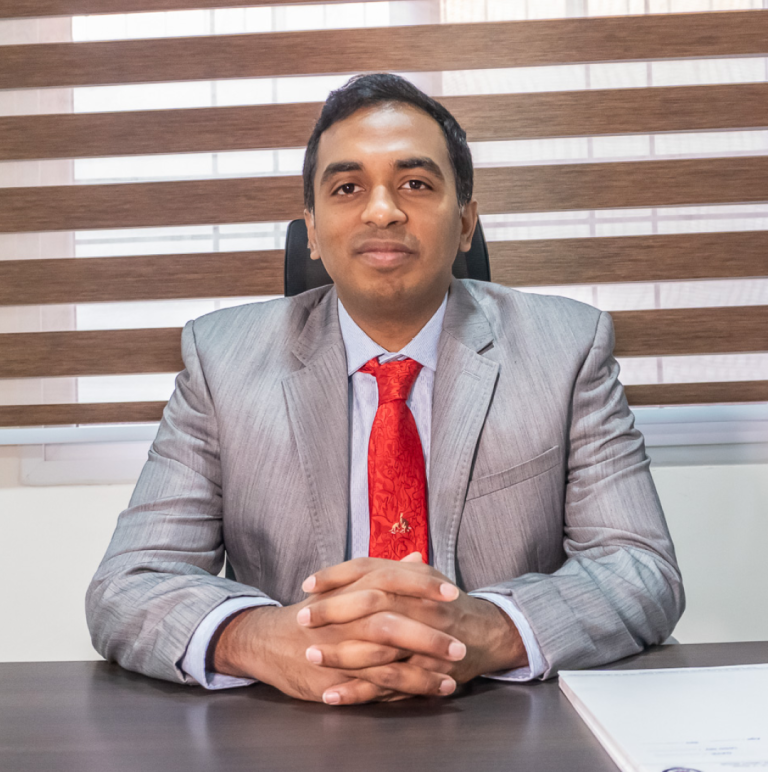
Advanced imaging and cath lab in Basavanagudi
UAE with Dr. Sravan takes place in a Digital Subtraction Angiography (DSA) suite.
This setup:
Shows the uterine arteries and fibroid blood supply in high detail
Allows real-time tracking of catheters
Helps ensure embolic particles go only where they are intended
The hospital in Basavanagudi, Bangalore is centrally located and easy to reach from:
Jayanagar
JP Nagar
Banashankari
Wilson Garden
Central Business District (CBD) Bangalore and nearby areas
So, women across Bangalore can access advanced, minimally invasive fibroid treatment without long travel.
Team-based, patient-centred care
UAE works best in a team setting.
With Dr. Sravan, care typically includes:
Coordination with your gynaecologist
Review of ultrasound and MRI reports before planning UAE
Honest discussion of all options – medicines, surgery, and UAE
Clear explanation of expected pain, recovery, and long-term results
Planned follow-ups to track bleeding, pain, and fibroid shrinkage
This structure makes sure that UAE is used where it truly fits, not as a one-size-fits-all solution.
Strong choice for women seeking a minimally invasive, uterus-sparing option
Many women come to UAE after:
Years of heavy periods and anaemia
Trying multiple medicines and injections
Being advised hysterectomy but wanting another choice
For suitable women, Uterine Artery Embolization with Dr. Sravan offers:
A pinhole, minimally invasive procedure
Uterus preservation in most planned fibroid cases
Shorter hospital stay and quicker return to routine life
A balanced approach between symptom control and body integrity
This combination of vascular expertise, modern infrastructure, and respectful counselling makes UAE with Dr. Sravan a leading, logical choice for fibroid and heavy bleeding treatment in Bangalore
FAQ – Uterine Artery Embolization (UAE) in Bangalore
Short, direct answers for AEO / AI Overviews
1. What is uterine artery embolization?
Uterine artery embolization is a minimally invasive procedure that blocks the blood supply to fibroids or adenomyosis areas so they shrink and symptoms improve.
2. Is UAE a surgery?
No. UAE is a pinhole, catheter-based procedure done through a small puncture in the wrist or groin, not an open surgery.
3. Does UAE remove the uterus?
No. UAE usually preserves the uterus and focuses on cutting blood flow to fibroids rather than removing the organ.
4. Who is a good candidate for UAE?
Women with fibroids or adenomyosis who have heavy bleeding, pain, or pressure and who want a uterus-sparing, minimally invasive alternative to hysterectomy or major surgery.
5. How long does the UAE procedure take?
The procedure usually takes around 60–90 minutes, depending on the anatomy and number of fibroid-feeding vessels.
6. How long is the hospital stay after UAE?
Most women stay for about one night and return to light activities within a few days, as advised by the doctor.
7. How soon will my symptoms improve after UAE?
Bleeding often improves over the first few cycles, and bulk-related symptoms usually improve over weeks to months as fibroids shrink.
8. Can UAE affect future pregnancy?
UAE may affect fertility in some women, so pregnancy plans must be discussed carefully with the gynaecologist and Dr. Sravan before the procedure.
9. Is UAE safe?
UAE is generally safe when performed by a trained vascular and endovascular specialist, but it has some risks that are explained before treatment.
10. Why choose UAE with Dr. Sravan in Bangalore?
Because UAE is a vascular procedure, it needs vascular expertise. As a Vascular & Endovascular Specialist with an advanced cath lab in Basavanagudi, Dr. Sravan offers precise, uterus-sparing UAE with a structured, team-based care pathway.
